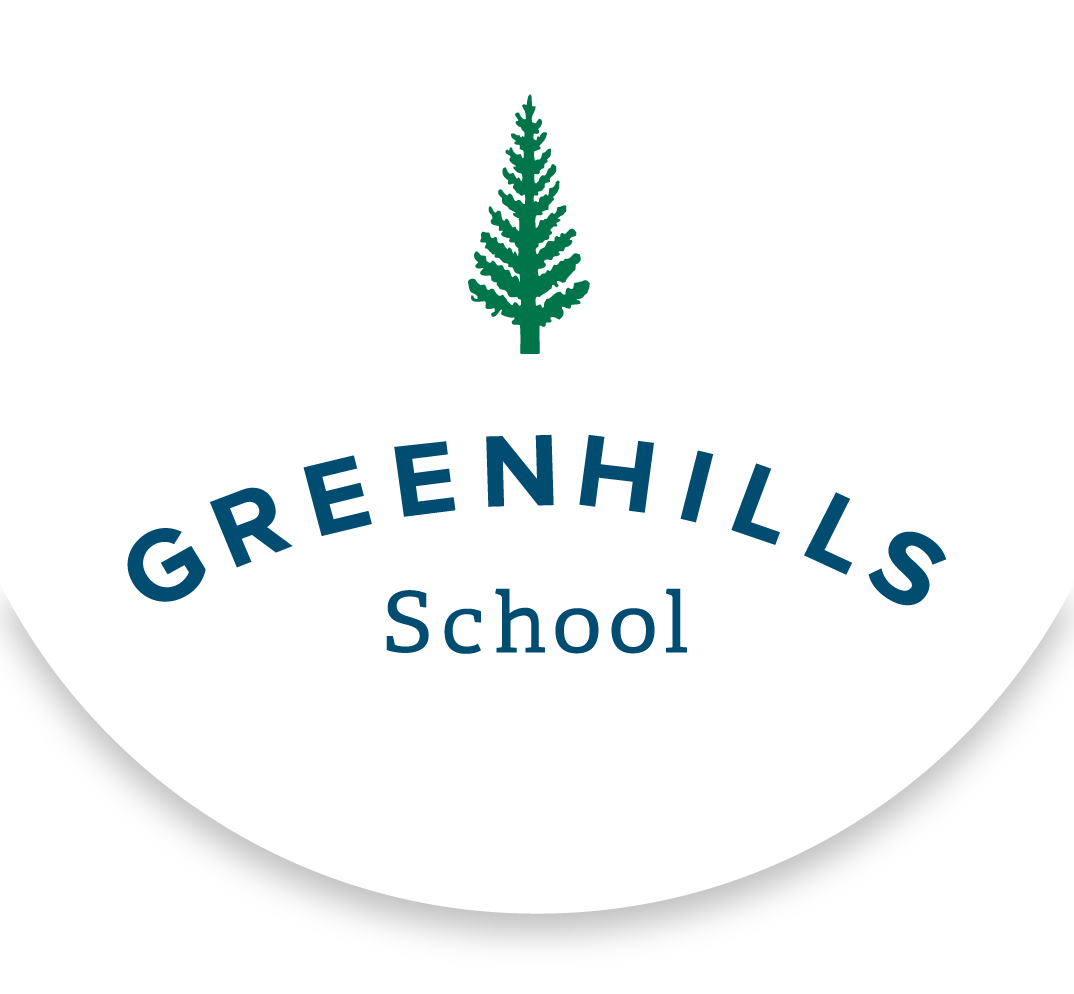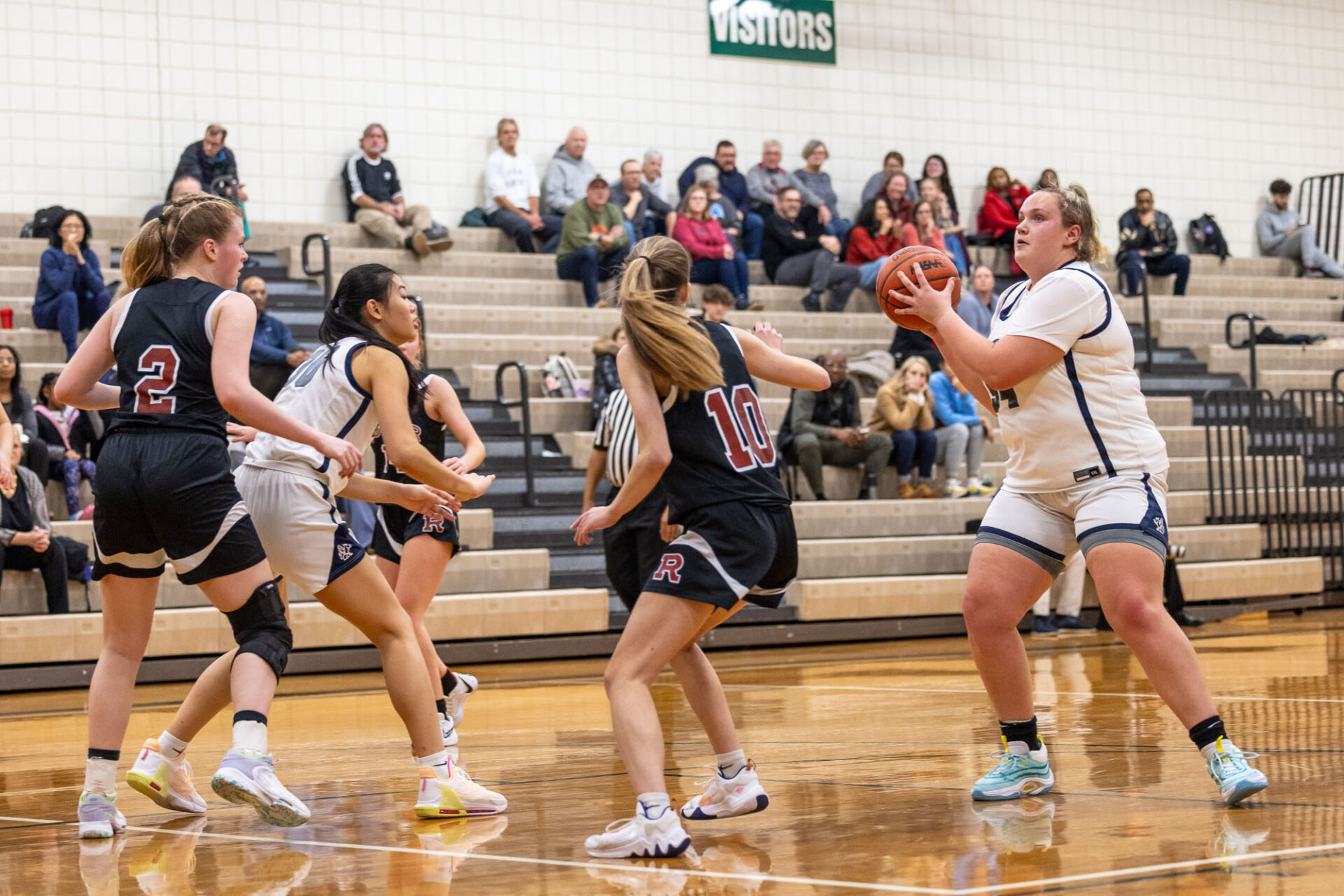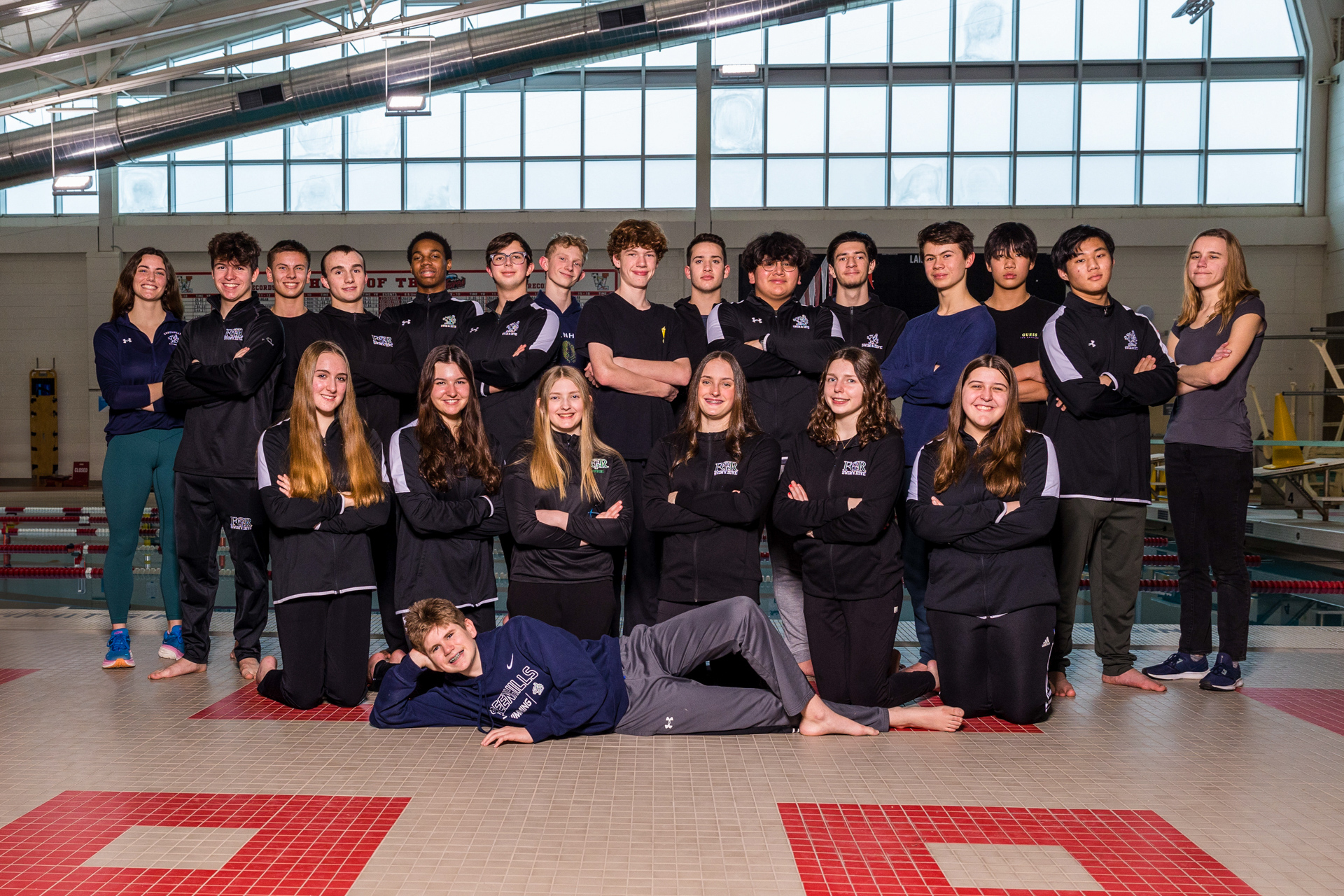Novak’s Research Into How Students Learn Science is Published, Helping Other Educators Learn to Teach Science
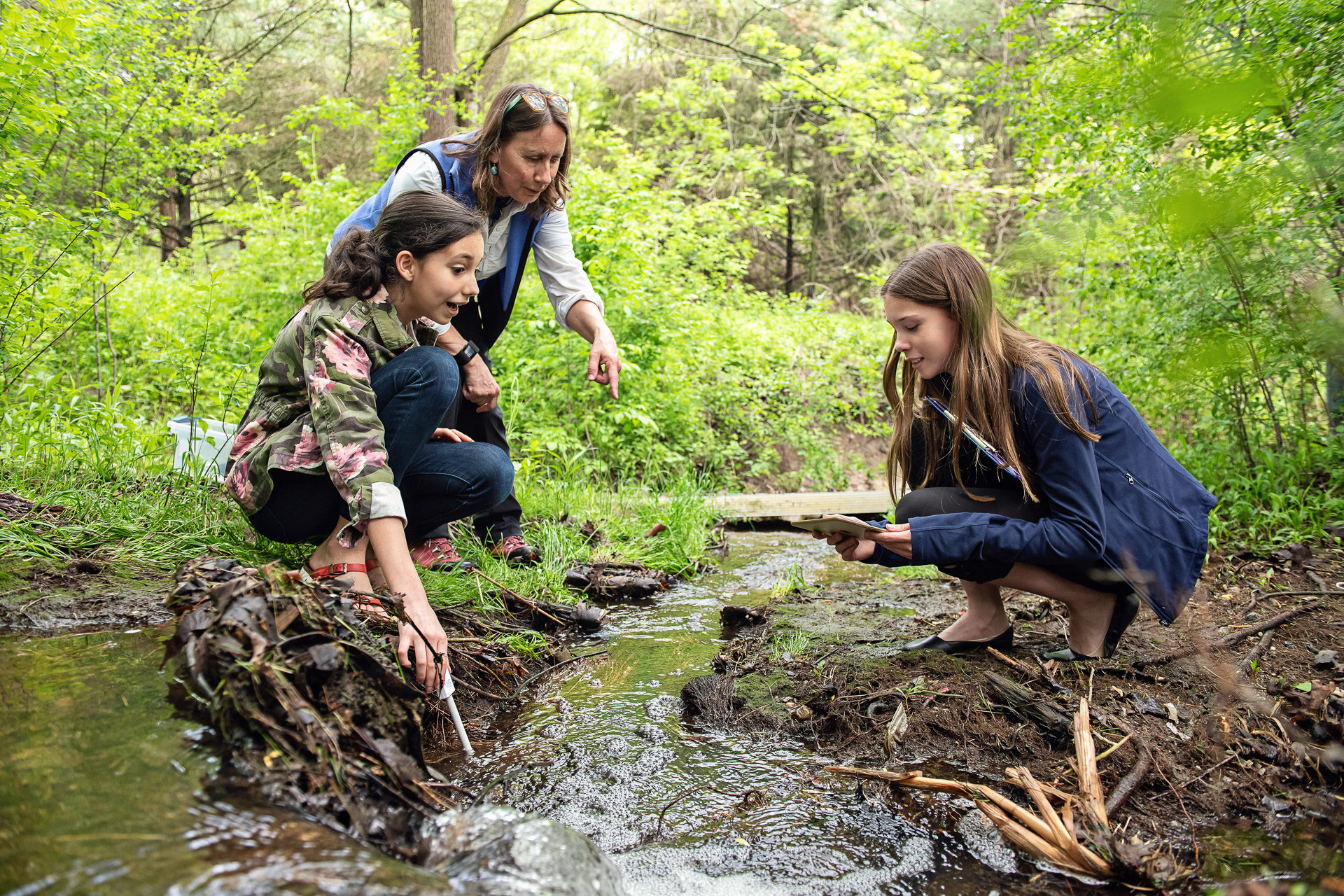
A few years ago, as seventh-grade science teacher Ann Novak conducted research for her PhD, she realized something. Students were pretty good, she found, at making a claim once they had evidence that supported it. But later on, if they were confronted with new evidence that completely contradicted the claim they’d made, they had a lot more trouble changing their minds.
Novak incorporated the research into her PhD work, and then into her classes. Now, it’s come a lot farther: based on her research into how middle school students learn science, Novak has published two academic articles and co-authored a chapter of a book. She’s now working on a third article.
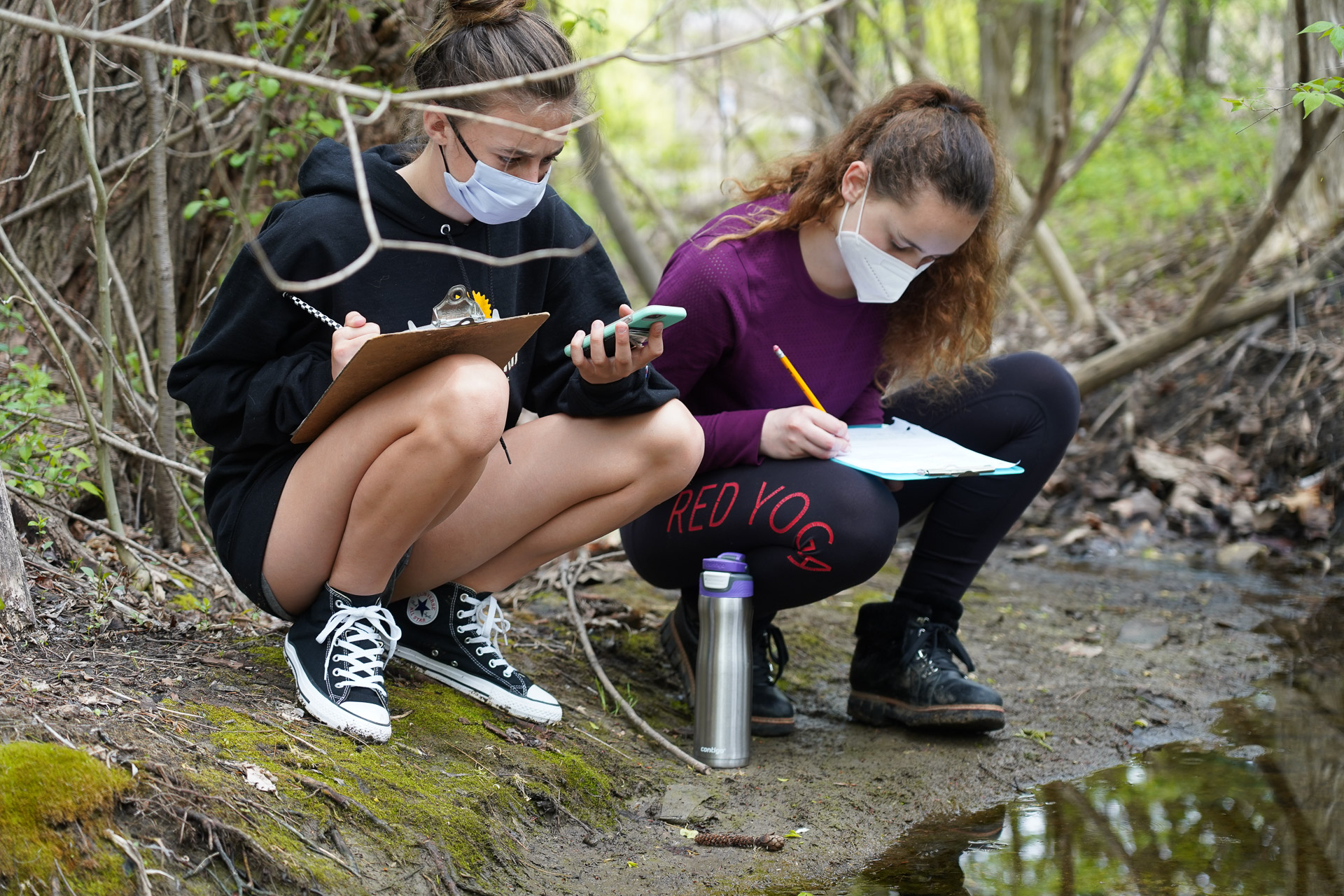
In the first article, published in the Journal of Research in Science Teaching — the leading journal in science education — she explored her first research finding: how teachers can work to help students adjust claims as new evidence emerges. In the second article, published in Disciplinary and Interdisciplinary Science Education Research, Novak used her data to explore students’ understanding of scientific ideas across time, and how students improve at conveying evidence and claims as they continue studying science. The third, which she’s currently writing, will focus on the connection between science ideas and evidence, and how that impacts the way students learn in both science and other subjects. In a book focused on project-based learning, Novak co-wrote a chapter using the example of the seventh-grade water quality project, an extended undertaking that sees students become experts in understanding the waterways around Greenhills.
“The water unit really affords students the opportunity to collect real data in real time, from our stream on Greenhills property, and analyze it just like professional scientists would do,” she said. “They really get to do a research project.”
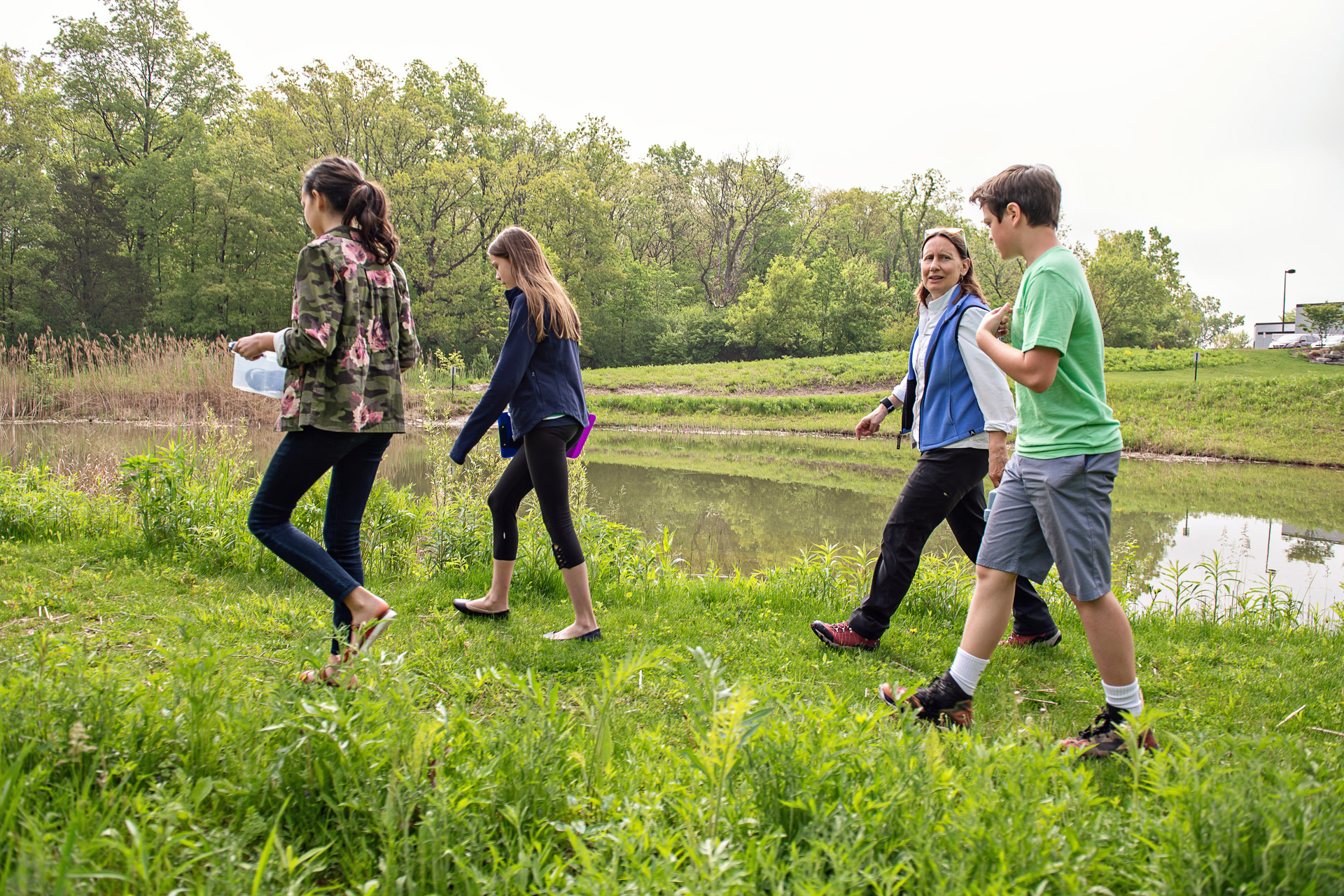
Novak has also incorporated her other research findings into the water quality project, using the unit to help students use evidence to make claims, then change those claims as different evidence comes in. When the unit starts, students test the water for pH and thermal pollution. Based on those tests, they usually find that the stream is healthy for freshwater organisms. But a few weeks later, the project takes a sudden twist: when students test the water for dissolved solids, they find that the water isn’t all that healthy.
“The water quality based on that test is terrible,” Novak said. “There are way too many dissolved solids. Mainly road salt, but also nitrates and phosphates from fertilizer. So then students add this to their explanation, and that really necessitates that they change their claim.”
Scientific literacy has always been important, but Novak says that being thrown into a pandemic has further emphasized how much it matters. The water quality project helps students realize perhaps the most essential thing about science: when the evidence changes, the conclusions have to change too.
“It really helped me to adjust my teaching to focus more on the nature of science, which is to be open-minded to new evidence,” she said. “In this day and age, that’s critical, and I’ve been able to integrate it into my teaching, to help kids understand that science evolves.”
Now, Novak is spreading her research, hoping that scientific literacy spreads with it. She attends conferences and gives talks; locally, she has also worked with the Flint River Watershed Council to implement the water curriculum based on her research.
As she has implemented her findings, Novak has noticed several results. For one, students become better at making claims throughout the course. At the beginning, many students have trouble understanding the connection between making a claim and providing evidence for it. By the end, though, using evidence to support claims is almost automatic. For another, students begin to open up their minds. It’s still difficult — changing your mind is difficult even for adults, she acknowledges — but the experience sets students up to be more open-minded and scientifically literate down the road.
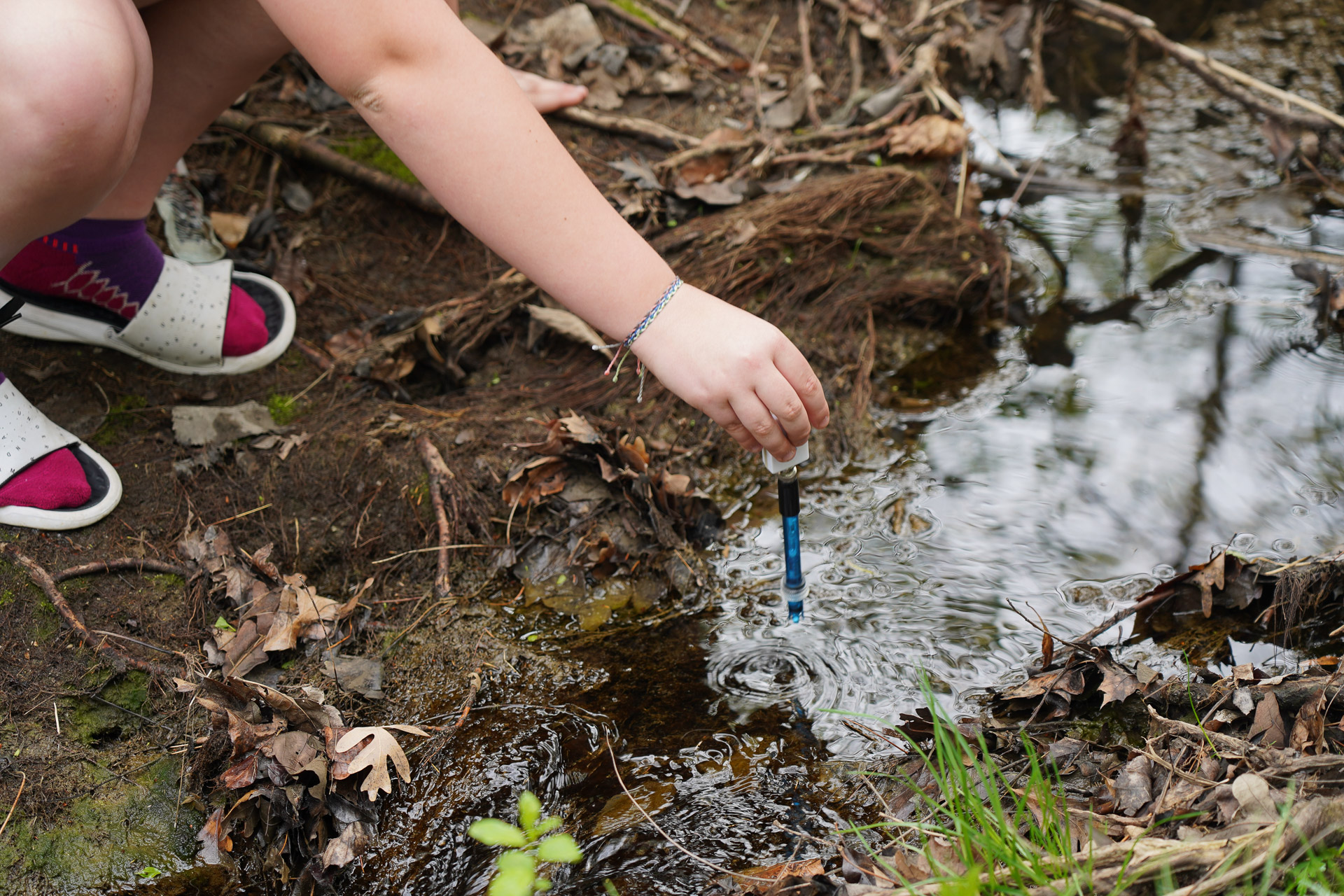
Novak has accomplished this, she says, by following one of her most passionate beliefs: that students should actually do science in science class. They should get out of the classroom and into the real world, doing the same analyses that professional scientists do. That’s how the water quality unit came about; it helps students explore a complex phenomenon and understand the importance of claims, evidence, and reasoning in a practical setting. It also allows them to conduct real, concrete science.
“My philosophy is ‘no child left inside,’” Novak said. “I really want students to be able to go to the science.”
Published Work
Novak, A.M., Treagust, D.F. Supporting the development of scientific understanding when constructing an evolving explanation. Discip Interdscip Sci Educ Res 4, 3 (2022). https://doi.org/10.1186/s43031-021-00043-w
Novak, AM, Treagust, DF. Adjusting claims as new evidence emerges: Do students incorporate new evidence into their scientific explanations? J Res Sci Teach. (2018); 55: 526– 549. https://doi.org/10.1002/tea.21429
Novak, A.M., & Krajcik, J.S. (2019). A Case Study of Project-Based Learning of Middle School Students Exploring Water Quality. In Moallem, Hung, Dabbagh (Eds), Wiley Handbook of Problem-Based Learning.
Novak, A. M. (2019). How healthy is our stream for freshwater organisms and how do our actions on land potentially impact the stream and the organisms that live in it? Teacher edition, Teacher and student curriculum materials
